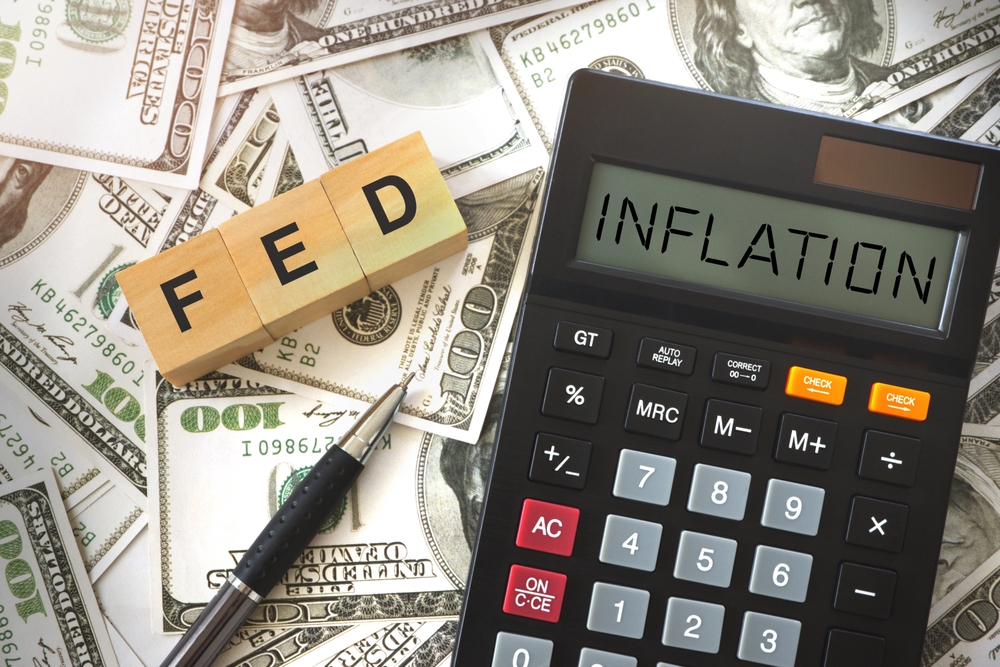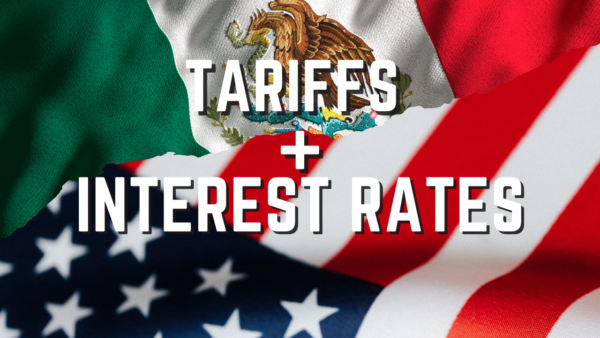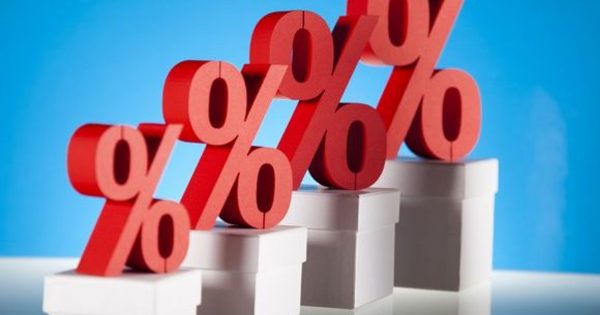Problems in the banking sector and other economic factors could put the Fed in a bind.
Inflation has slowed significantly since the middle of last year. However, that mainly reflects the unwinding of food and energy price increases in the first half of 2022. Excluding food and energy prices, progress has been much more gradual. The same can be said of wage inflation. The stubborn persistence of inflation has forced the Federal Reserve to keep tightening even amidst turmoil in the banking system and will likely keep it from easing in the second half of this year even as GDP growth slows to something close to zero.
The Employment Cost Index (ECI), based on a survey by the Bureau of Labor Statistics, is one of the better measures of labor costs. It includes benefits as well as wages and salaries. The ECI for private sector employees accelerated sharply from an average annual increase of 2.9% in 2018 and 2019 to an average of 4.8% in 2021 and 2022. The recently released data for the first quarter of 2023 show an annualized rate of increase of 4.8%.
There are several other measures of wage inflation. Some show more of a slowdown in labor costs than the ECI, others less. Collectively, they paint a picture of very gradual deceleration. This makes it unlikely that the economy will return to the 2% inflation rate that is the Federal Reserve’s target anytime soon. Indeed, the Fed itself acknowledges this. In the Summary of Economic Projections (SEP) that the Federal Open Market Committee released in March, it projected that inflation excluding food and energy, would remain above 2.5% through the end of 2024.
Inflation Above Its Target
This puts the Fed in a bind. With problems in the banking sector forcing the closure of another big bank in early May and the general loss of deposits by regional banks, there is likely to be a significant curtailment of credit to small and mid-sized businesses. We expect this to bring GDP growth close to zero in the second half of 2023. The Federal Reserve is anticipating a certain amount of economic pain. The same SEP from March that projects inflation staying stubbornly above its target also envisions the unemployment rate rising from its current level of 3.5% to 4.5% by the end of this year.
While a 1% rise in the unemployment rate entails some pain, it pales compared to the price paid in the last episode when the Fed had to respond to a major inflationary surge. In that episode, the unemployment rate rose over 3% to a peak of 10.8% in December 1982. The current episode is milder in a number of ways. Inflation never reached the highs of over 10% in the last 1970s and early 1980s. In that episode, the Fed also made a series of errors in not adjusting policy as inflation and inflationary expectations rose.
In the current episode, a good case could be made that the Fed was slow to respond and should have begun tightening in 2021. But that is a relatively minor mistake compared to the many years of excessively easy policy that paved the way to the inflation of the late 70s and early 80s. Inflation expectations (as measured by both surveys and inflation-linked bonds) remained relatively low in recent years. This has helped to avoid the wage-price spiral that was a feature of the late 70s and early 80s.
A Resilient Economy
The economy has displayed a fair amount of resilience in the face of the Fed’s campaign to slow things down. The labor market has been turbocharged by a certain amount of labor hoarding, especially by larger tech companies. However, the fortunes of those companies have been changing in recent months, leading to large layoff announcements. This raises the prospect that the boost to job growth from labor hoarding could dissipate quickly. Asset prices (mainly stock and house prices) have also proved surprisingly resilient and a source of support for consumer spending. While both stock and house prices dropped last year, the declines have been relatively small compared to the gains of recent years.
Consumer spending grew by 3.7% in the first quarter, its largest increase in almost two years. This unexpected surge in demand helped businesses (especially in the auto sector) whittle down their inventories. In light of the developing drags on growth, it is beneficial that inventories ended the first quarter well-balanced relative to sales. This reduces (but does not eliminate) the risk of a recession later this year.
_________________________
To become a subscriber, visit https://thecannatareport.com/register or contact cjcannata@cannatareport.com directly. Bulk subscription rates are also available upon request and included in our media kit.





